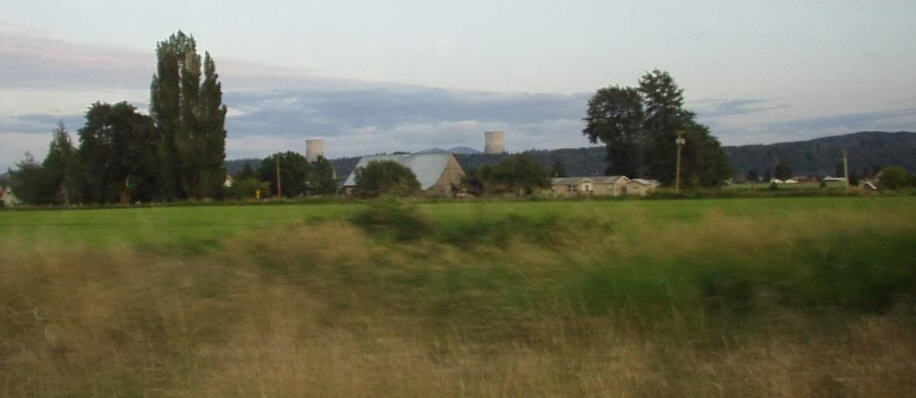With the end of the hydro era (due to environmental concerns, federal
licensing problems, and high initial capital costs) Washington state now needs to turn towards another source of electricity
generation. This period starts in the mid-1970s and, at that time, the only viable large scale power generation technology was nuclear. Wind and Solar were not feasible at that time. Indeed, this is the time where most of the rest of the country started
their deployment of nuclear power plants.
To make a long story short:
Not only did this Nuclear plan fail to pan out, it also used up limited resources which could have been directed towards a more sensible project. This is one of the main problems associated with stupid decision making. Yeah, the initial decision was stupid, but allocating resources to stupidity greatly lowers your ability to implement something sensible later on. We really need to get these projects right, the first time. Currently, Washington state, with its reduced snowpack, is in danger of having insufficient power production year round which means they would have to import electricity at rather large prices. As a result, WA is aggressively building its wind capacity:
As of Mid 2013 combined wind power for WA and OR stood at 6000 MW (now equivalent to grand coulee dam). This is second highest in the nation, outside of Texas (12,000 MW) which is also undergoing an aggressive build out. As wind power continues to grow, the use of dams for the production of electricity may become less thus allowing some dams to be removed from the Columnbia river system. That day is not imminent but 10-20 years from now it may well be. Wind power in Washington State
In sum WA state is a good case study in the history of regional power development> Use what you got. Originally, WA had coal and used that up mostly as export to
California. Then it used its free flowing rivers before eventually, as part of the Federal Works Projects in the 1930s, building large scale (2000 MW) projects on the Columbia river.
That activity extended to the Lower Snake River and by 1975, WA
was producing 25,000 MW of hydropower - more than it needed - so there was no pressure to continue building more dams. By then, dams have become evil and so WA, in a great feat of enlightenment, decided to build something less evil - Nuclear.
|

